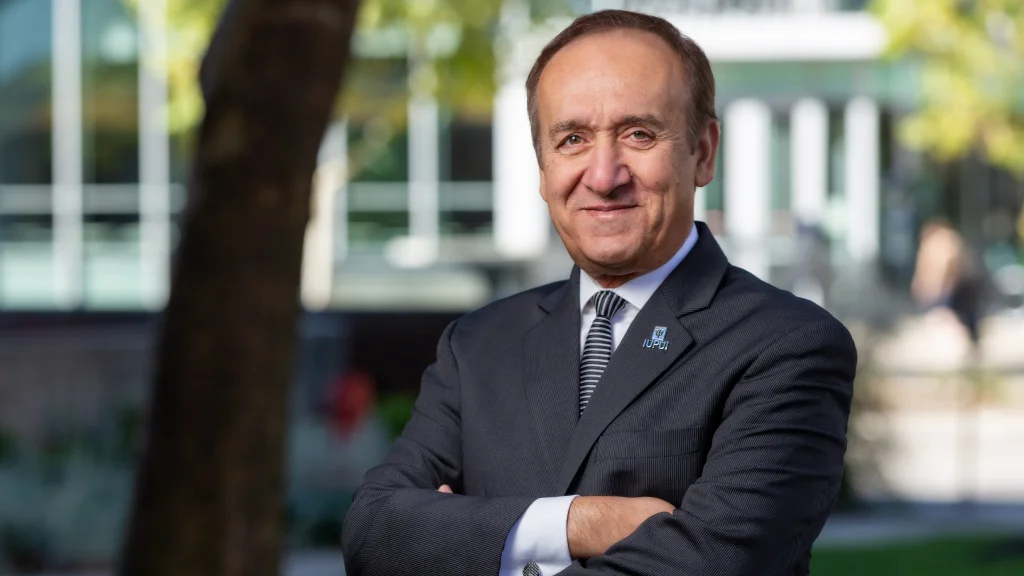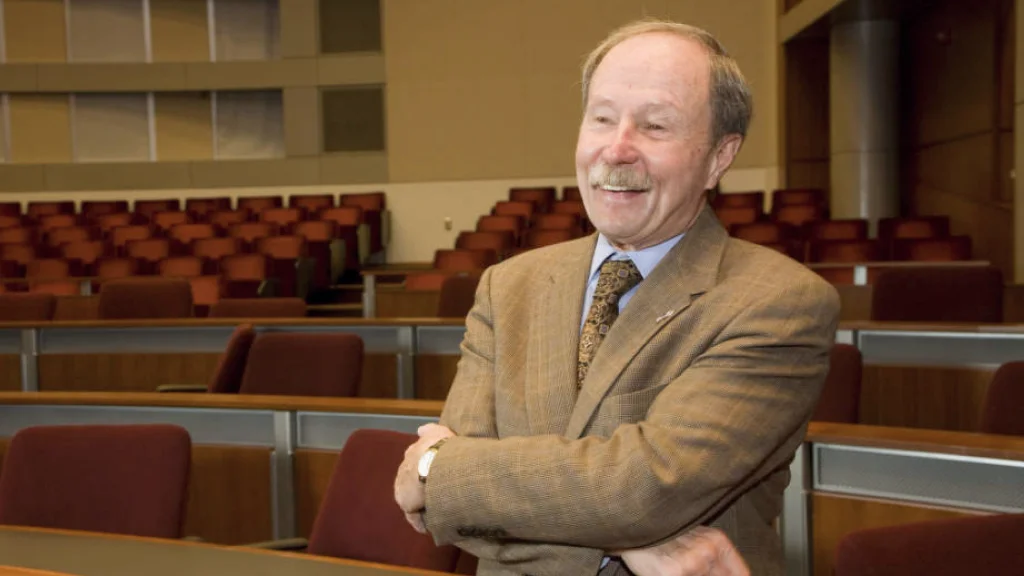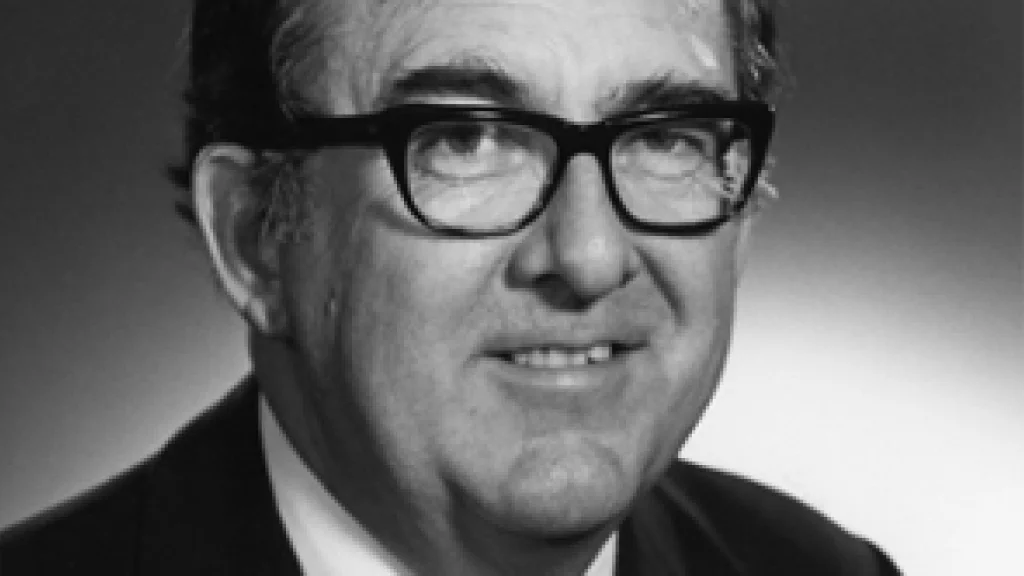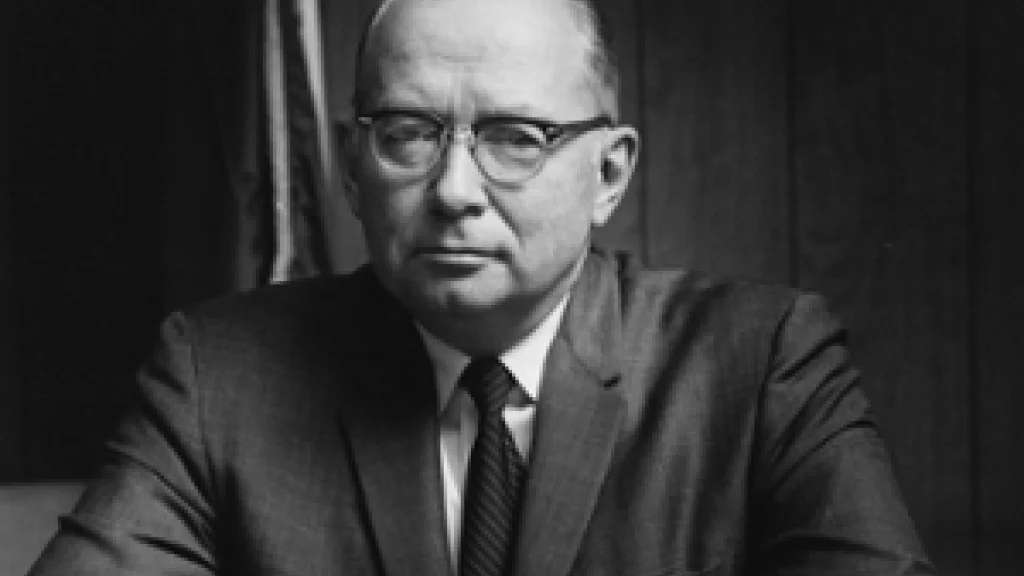Chancellors energize IU Indianapolis

Nasser H. Paydar, 2015 to 2022
Chancellor Emeritus Nasser H. Paydar began his appointment as the fifth chancellor of IU Indianapolis, then Indiana University–Purdue University Indianapolis (IUPUI), and executive vice president of Indiana University in 2015.
Under his leadership, IUPUI expanded educational opportunities for students, created 44 new degree programs, and increased need-based financial aid by 600 percent to $10 million annually. He launched the IUPUI Welcoming Campus Initiative and spearheaded the 50th Anniversary celebration in 2018-19. During his tenure, more than $218 million in capital projects were completed.
Paydar first joined IUPUI in 1985 as an assistant professor in the School of Engineering and Technology. From 1989 to 2003, he held several administrative positions. He became vice chancellor and dean of IUPUC in 2004 and was appointed chancellor of IU East in 2007. In 2012, Paydar became the executive vice chancellor and chief academic officer at IUPUI. In 2019, Paydar received the IU Bicentennial Medal and in 2021 received the IU President’s Medal, both in recognition of his distinguished service to the university.
He earned bachelor’s, master’s, and doctoral degrees in mechanical engineering from Syracuse University.

Charles R. Bantz, 2003 to 2015
Charles Bantz became the 4th chancellor of IUPUI in 2003. A champion of urban-serving universities, Bantz strategically focused IUPUI’s teaching, research, and engagement in support of Indiana’s economic clusters.
Under his leadership, IUPUI established the IU Lilly Family School of Philanthropy, the first school of its kind in the world, and the IU Richard M. Fairbanks School of Public Health. Additionally, there was a 66 percent increase in the number of bachelor’s degrees awarded and a 61 percent increase in external research awards. He also presided over unprecedented physical changes to the campus, including the opening of the Campus Center and the addition of nearly 1 million square feet of research and academic space.
Together with his wife, Professor Sandra Petronio, he founded the Center for Translating Research Into Practice and endowed the Bantz-Petronio Translating Research Into Practice Faculty Award.
Bantz earned a bachelor’s degree in English education and a master’s degree in speech communication from the University of Minnesota. He earned a Ph.D. in communication from Ohio State University.

Gerald L. Bepko, 1986 to 2002
Gerald Bepko joined the faculty of the Indiana University School of Law at IUPUI in 1972, becoming a full professor in 1975, associate dean for academic affairs in 1979, and dean of the law school in 1981. In 1986 he was appointed the third chancellor of IUPUI.
Bepko led an initiative to unify the various programs of IUPUI by bringing three important schools to the West Michigan Street campus: the Purdue University School of Science, the Purdue University School of Engineering and Technology, and the IU Herron School of Art. During his tenure, enrollment grew nearly 25 percent and external support for faculty activities increased from $38 million in 1987 to more than $200 million in 2003. Twenty-four new graduate-level programs were created with minimal new state funding in fields such as biomedical engineering, information science, bioinformatics, philanthropic studies, and public health.
Bepko also led a renewed emphasis on undergraduate education that culminated in the establishment of University College in 1998.

Glenn Irwin Jr., 1973 to 1986
Glenn Irwin, a native of Roachdale, Indiana, received his B.S. from Indiana University in 1942 and his M.D. from the IU School of Medicine in 1944 while serving in the U.S. Army. He was appointed an instructor in the IU School of Medicine in 1950 and was dean of the school from 1965 until 1973 when he was appointed chancellor of IUPUI.
During Irwin’s chancellorship, IUPUI’s visibility and respectability as an academic institution increased dramatically. Enrollment grew from fewer than 17,000 students to more than 23,000, full-time faculty increased from 800 to 1,300, and the university operating budget increased from $97 million to $409 million.
He also is credited with transforming the IUPUI campus through the expansion of the IU Medical Center and the addition of numerous facilities, including the Business/SPEA building, the School of Law building, the Tennis Center, and the Ronald McDonald House.

Maynard K. Hine, 1969 to 1973
Maynard K. Hine was the first chancellor of IUPUI and the first Hoosier elected president of the American Dental Association. In 1944 Hine joined the IU School of Dentistry as professor and chairman of the Department of Oral Histopathology and Periodontics. The next year he was appointed dean of the school, a position in which he served until 1968.
As head of the American Dental Association, he campaigned for fluoridation of drinking water and for programs to improve the dental health of underprivileged children. In 1969 he was appointed chancellor of the newly established IUPUI. His leadership during the first years helped build the foundation that has brought IUPUI to its present standing as Indiana’s premier urban research university.
IU Indianapolis
Office of the Chancellor
University Hall, Suite 5010
301 University Blvd
Indianapolis,
IN
46202
USA